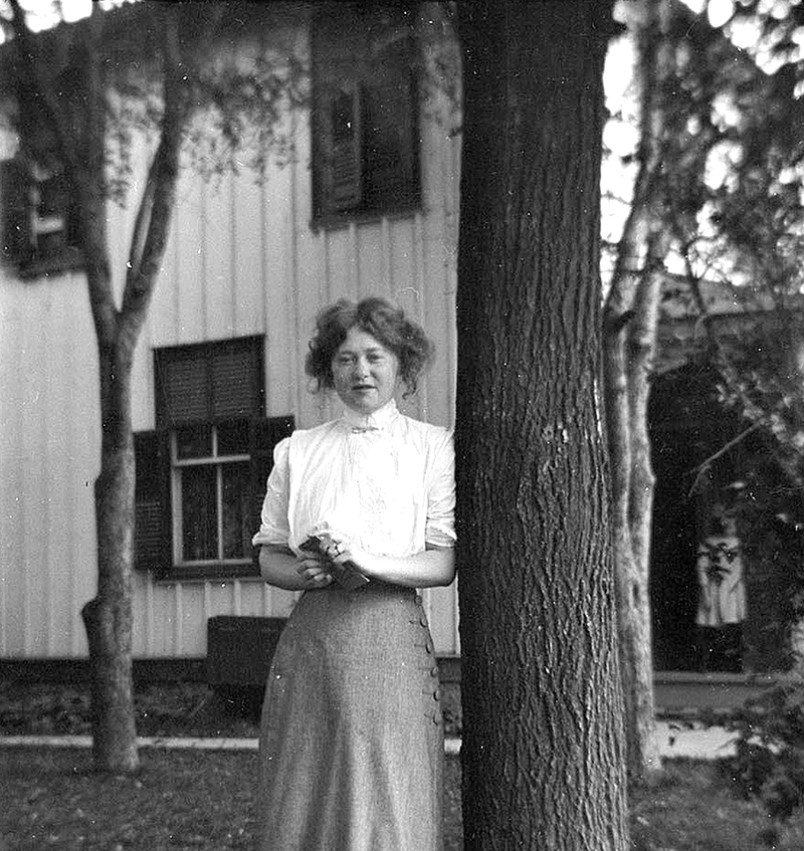This is the latest instalment of a series of columns produced by the Coquitlam Heritage Society to coincide with the city of Coquitlam’s 125th birthday this year. The columns are published every few weeks.
Traditionally, armies have contributed in developing civil infrastructure during peacetime. For example, the German army’s reliance on trains in the 1860s to move their troops meant that, by 1900, the country had of one of the most sophisticated rail networks in Europe.
In 1858 in British Columbia, a combination of a local gold rush and the need to build up military infrastructure by the Fraser River saw the introduction of a 150-man detachment of British Army sappers of the Royal Engineers (the Columbia Detachment) under the command of Col. Richard Moody (namesake of the city of Port Moody).
The Columbia Detachment was tasked with a range of surveying and roadbuilding projects around the Lower Mainland. They surveyed the land that would later become the location of the city of New Westminster. They also laid down the route that would later become the basis for today’s North Road.
Around the time the Royal Engineers were first gathered, the British colonial administrators were considering the possibility of a war with the United States. If that had happened, American troops attacking in the direction of New Westminster could have easily isolated the town, given that the Fraser River was the most accessible avenue to the outside world. This vulnerability was solved in 1859 when Col. Moody ordered the construction of a new north-south road.
Beginning at the engineer camp at New Westminster and terminating at Burrard Inlet, this road ensured that British ships could bypass a Fraser River under American control and offload supplies or reinforcements for the local garrison.
As initially built, the road could only accommodate human traffic until 1861, when it was improved to handle wagons. That road later became today’s North Road and Coquitlam’s western boundary.
It remains a physical symbol of the Royal Engineers’ role in Coquitlam’s history.



